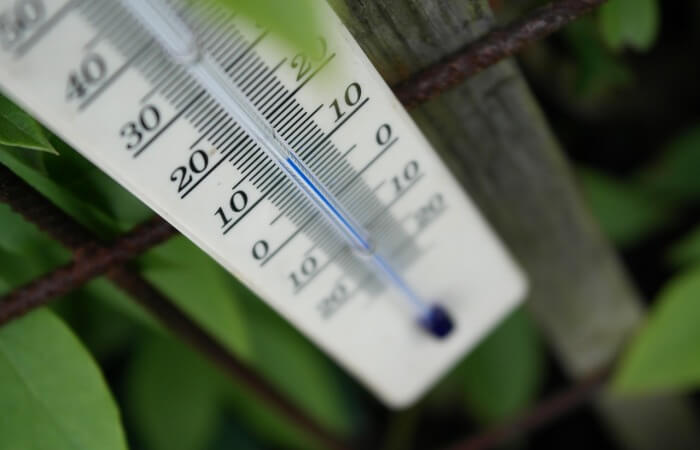Metal foam buy

Metal foam.
Metal foam, metal honeycomb structures having unique properties that differ significantly from the source material – base metal.
Description:
Metal foam, metal honeycomb structures having unique properties that differ significantly from the source material – base metal.
Metal foam obtained by adding to the molten metal of the hydride powder of titanium (ТіН2). At a temperature that is always above the melting temperature of the metal hydride of titanium decomposes, releasing a large amount of hydrogen. Bubbles of hydrogen foamed metal, forming pores (cells), and the titanium is absorbed by the metal base. The foamed mass is poured quickly, sharply cools and hardens forms. Formed wire mesh is a metal with a density of 0.16-0.6 g/cm3.
There are other ways of producing foamed metals. For example, to pass through a metal melt of the hot gas (air or inert gases), as well as with other gas-emitting reagents.
Metal foam is very durable and lightweight. 75-95 % of volume is empty space. Metal foam is obtained from both open and closed cells (pores). With open pore air content by volume of up to 98 percent. Therefore, the foamed metals float in water.
As the base metal use aluminium, magnesium and their alloys, zinc, lead, iron, copper, Nickel, steel, gold, silver, other noble metals and alloys of these metals with magnesium, titanium.
Metal foam has another name: the foamed metal. A special case of the metal foam is a metal microresearch – ultralight form of foamed metal having a low density up to 0.9 mg/cm3 (without air).
Metal foam combines a complex of unique properties that differ significantly from the source material – base metal. Therefore, the list of industries used metal foam increases every year
Benefits and properties:
– higher melting point compared to the melting temperature of the parent alloy. So, aluminum melts at 660,32 °C. the foamed aluminum can withstand temperatures of 1400 °C,
– tolerate large temperature changes in very short periods of time
– low density to 0.16-0.6 g/cm3, and correspondingly high ease of metal foam,
– high specific stiffness,
low hydraulic resistance
– low thermal conductivity
– good attenuation,
– high strength at high voltages. The strength of such a foam is several times the strength of the original metal or alloy,
– increased corrosion resistance,
– easily handled,
– easy to stick together with other materials such as glass, plastics, plywood,
– has a beautiful aesthetic appearance,
– lends itself well to welding,
– high damping properties capable of absorbing mechanical vibrations, e.g., vibrations, resonant vibrations,
– can stop armor-piercing bullet,
– amenable to surface treatment: forging, rolling, stamping. The result is a finished product and semi-finished products with ideal smooth outer surface, indistinguishable if the product would be made of solid metal.
These characteristics explain the multifunctionality of expanded metals.
Note: © Photo ,



